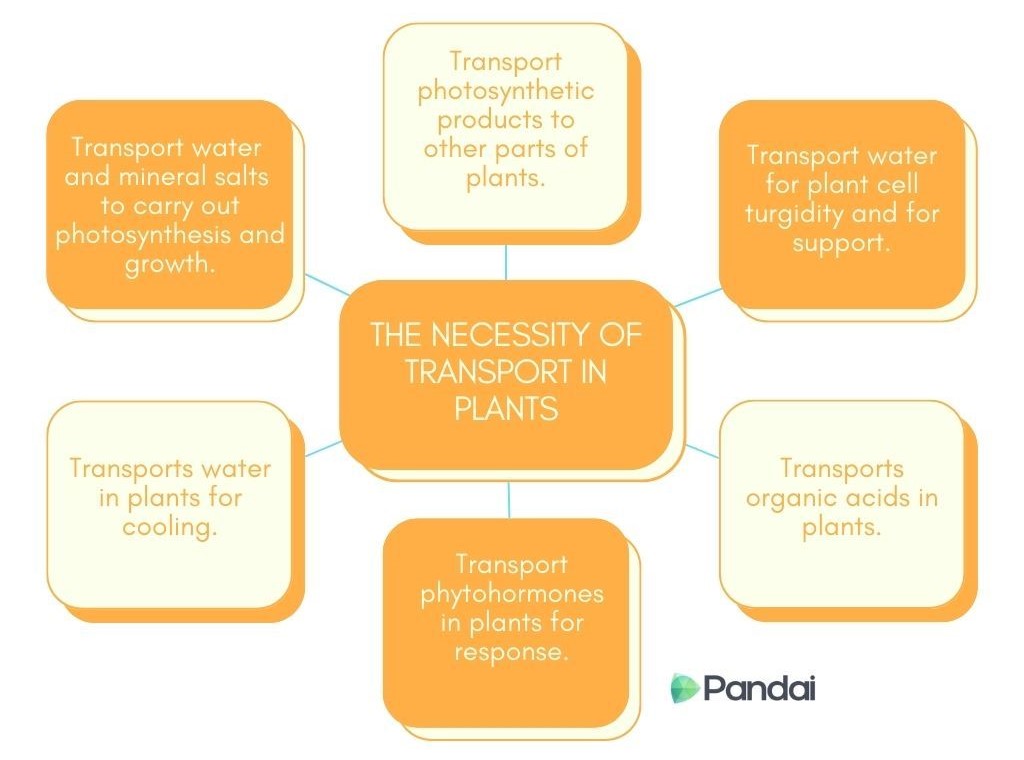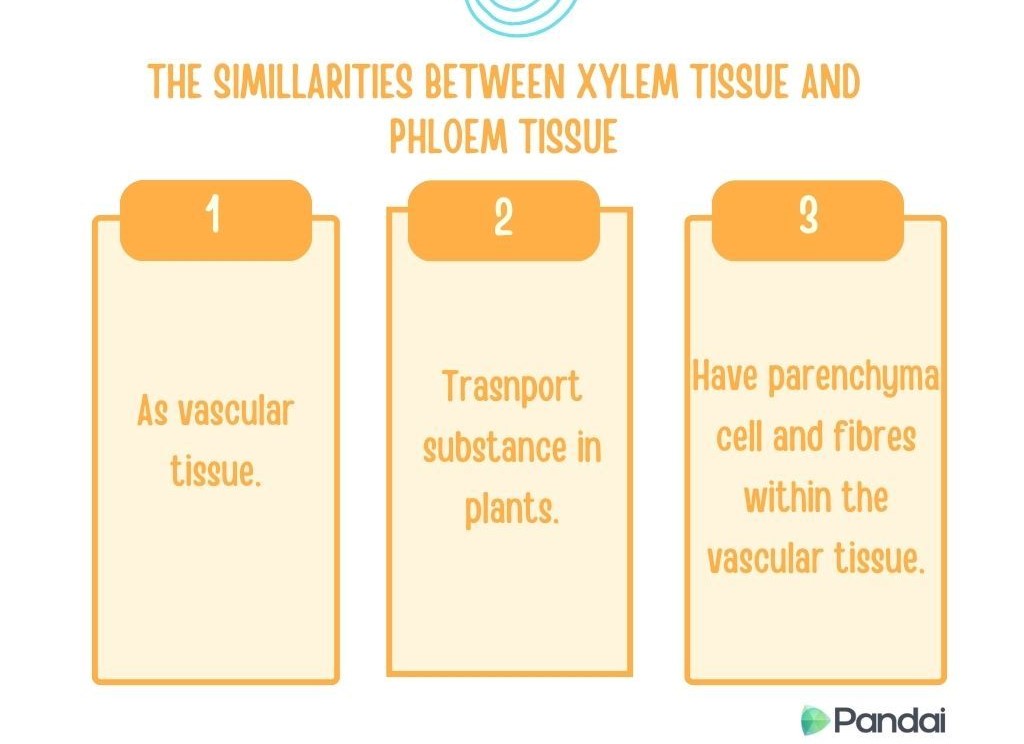| |
|
|
| |
 |
| |
| Introduction to Vascular Tissues |
- Plants are multicellular organisms which are formed from cells that need water and nutrients.
- The large and tall size of the plants creates a total surface area that is insufficient for the plant to absorb its basic needs from the surroundings.
- In order to overcome this problem, plants have vascular tissues to transport water, mineral salts and nutrients to all the cells.
- Plants which have a transport system are known as vascular plants.
- Non-vascular plants like alga and moss on the other hand, do not have any transport system.
- Transport in plants is carried out by vascular tissues which consist of:
- Xylem tissue: transport water and mineral salts from roots to shoots
- Phloem tissue: transport photosynthetic product and other organic substances from shoots to other parts.
- The xylem tissue contains xylem vessel and tracheid as the main transport vessels,whereas the phloem tissue contains sieve tube and companion cell as the main transport vessels.
|
|
| |
 |
| |
| The Differences between Xylem Tissue and Phloem Tissue |
|
| Aspect |
Xylem Tissues |
| Main cell type |
|
| Lignified wall |
- Lignified in the form of annular, spiral, scalariform, reticular and pit.
|
| Condition of the cell after mature |
- Death cells and cell contents degenerated.
- Cells form a long and hollow vessel.
- Have plate or nnote for the flow of water & mineral.
- Have pits for the glow of water and minerals laterally.
|
| Materials transported |
- Water, minerals, salt & phytojhormones.
|
| Main function |
- Transport water and mineral in plants.
- Provide mechanical support to plants.
|
| Aspect |
Phloem Tissues |
| Main cell type |
- Sieve elemetns & companion cell.
|
| Lignified wall |
|
| Condition of the cell after mature |
- Living vells with degenerated organelles.
- Cells form a long tube filled with cytoplasm.
- Have sieve tubes for the flow of organic substance.
|
| Materials transported |
- Sucrose, amino acid, organic acid, phytohormones & water.
|
| Main function |
- Transport sucrose and other organic substances.
|
|
|
| |
| Structural Adaptations of Xylem Vessels and Tracheids to Transport Water and Mineral Salts |
- Xylem vessel consists of dead cells at maturity which do not have cytoplasm.
- These cells are arranged longitudinally from end to end to form a continuous tube to allow water flow from the roots to the leaves.
- The walls of the xylem vessel have uneven lignin thickening to:
- Give strength to xylem vessels to prevent them collapsing due to the tension force and pressure changes when water moves through it.
- Prevent the plant from being bent.
|
- The cell wall of tracheid also has lignin thickening and pits to allow water movement to adjacent cells.
|
|
| |
| Structural Adaptations of Sieve Tubes and Companion Cells to the Transport of Organic Substances |
- Phloem tissues transport and distribute dissolved organic compounds such as sucrose, amino acids and plant hormones to all parts of the plant.
- Phloem is a living cell because it has cytoplasm
- Adapatation of sieve tubes and companion cells to their functions:
- Sieve tubes do not have nuclei, ribosomes or vacuoles. This allows sucrose molecules to pass through sieve tubes easily.
- On both ends of the sieve tube, there is a sieve plate that has pores through which organic compounds can flow from one sieve tube to the next.
- Companion cells contain mitochondria to provide energy in the form of ATP to transport sucrose from the leaf to the sieve tube through active transport.
|
|
| |